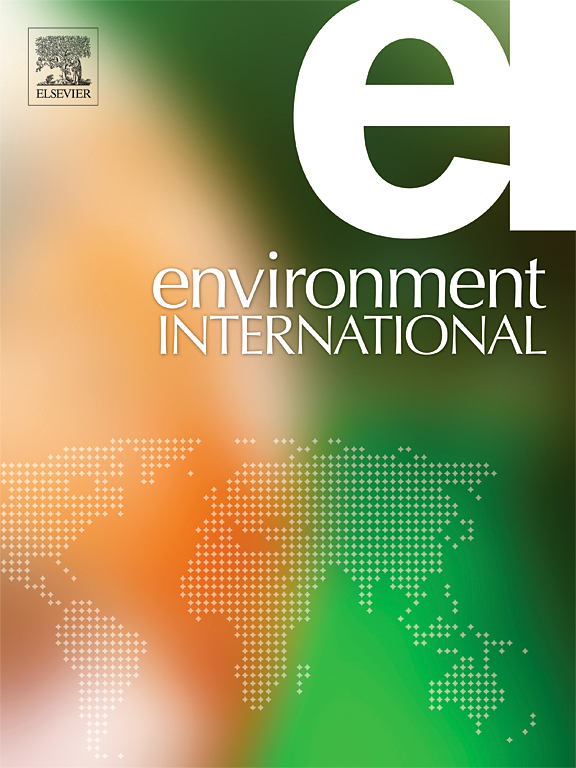Interactions between agrochemicals and parasites endangering insect populations
IF 10.3
1区 环境科学与生态学
Q1 ENVIRONMENTAL SCIENCES
引用次数: 0
Abstract
There is clear evidence for declines of wild insects and high losses of managed ones, thereby threatening their key ecosystem services. Interactions among stressors such as agricultural intensification and invasive species have been implicated in these declines. However, both the nature of these interactions as well as the actual outcomes are often poorly understood. This holds true for ubiquitous agrochemicals and ectoparasitic Varroa destructor mites, and losses of managed honey bee, Apis mellifera, colonies. Here, we show that two pesticides (sulfoxaflor and coumaphos) can enhance parasite reproduction, thereby contributing to host colony losses. A gene expression study revealed a consistent effect on key genes in the hormonal pathways regulating honey bee development, thereby suggesting a link with parasite reproduction. Because all animals have parasites and are exposed to such agrochemicals even in nature reserves, this mechanism could be relevant for a wide range of insect species and may represent a serious threat for their conservation.


农药与危害昆虫种群的寄生虫之间的相互作用
有明确的证据表明,野生昆虫数量下降,受管理昆虫损失严重,从而威胁到它们的关键生态系统服务。这些下降与农业集约化和入侵物种等压力源之间的相互作用有关。然而,这些相互作用的本质和实际结果往往都不太清楚。这适用于无处不在的农用化学品和寄生的瓦螨,以及被管理的蜜蜂(Apis mellifera)的损失。在这里,我们证明了两种杀虫剂(亚砜和香豆福)可以增强寄生虫的繁殖,从而导致寄主群体的损失。一项基因表达研究揭示了调节蜜蜂发育的激素通路中关键基因的一致影响,从而表明与寄生虫繁殖有关。由于所有动物都有寄生虫,即使在自然保护区内也会接触到这类农用化学品,因此这一机制可能与广泛的昆虫物种有关,并可能对它们的保护构成严重威胁。
本文章由计算机程序翻译,如有差异,请以英文原文为准。
求助全文
约1分钟内获得全文
求助全文
来源期刊

Environment International
环境科学-环境科学
CiteScore
21.90
自引率
3.40%
发文量
734
审稿时长
2.8 months
期刊介绍:
Environmental Health publishes manuscripts focusing on critical aspects of environmental and occupational medicine, including studies in toxicology and epidemiology, to illuminate the human health implications of exposure to environmental hazards. The journal adopts an open-access model and practices open peer review.
It caters to scientists and practitioners across all environmental science domains, directly or indirectly impacting human health and well-being. With a commitment to enhancing the prevention of environmentally-related health risks, Environmental Health serves as a public health journal for the community and scientists engaged in matters of public health significance concerning the environment.
 求助内容:
求助内容: 应助结果提醒方式:
应助结果提醒方式:


